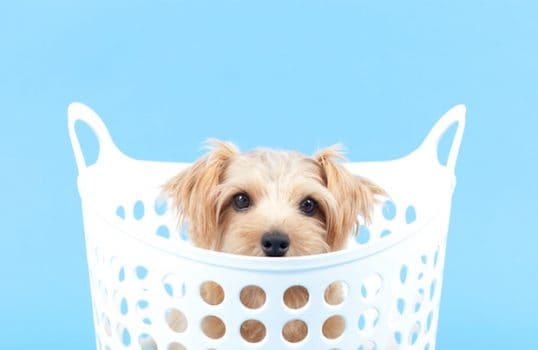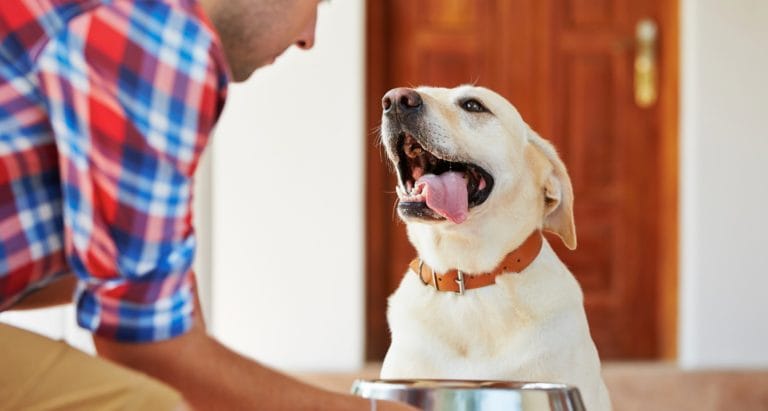Q.
In the December 2010 issue of DOG FANCY magazine, you mentioned a product that could be put into the Shih Tzu’s water to reduce tear stains. My puppy, a Shih Tzu mix, doesn’t have tear stains, but he has hard, crusty “stuff” in the inner corners of his eyes that can’t be removed with a soft cloth or cotton ball and warm water. I’ve even tried to scrape the gunk out gently with my fingernails. I would say that it’s equivalent to what we humans have in the mornings in our eyes when we wake up. What could this be?
A.
The first thing I would recommend is a trip to the vet to make sure those crusty deposits we groomers casually refer to as “eye boogers” are not caused by a medical condition. A dog’s eye discharge can be caused by a number of things, from allergies to viruses. These include conjunctivitis, keratitis, corneal ulcers, bacterial infections, glaucoma, blocked tear ducts and a condition known as entropion, the inward rolling of the eyelid, which irritates the surface of the eye and, if untreated, can cause ulcers and loss of sight.
If your dog gets a clean bill of health from the veterinarian, you may be correct in assuming that the crusty buildup is simply the eye cleaning itself through the natural release of protein, which produces the same results in our eyes when we wake up in the morning.
According to my colleague, Dr. Kate Pillsbury, whose veterinary practice is next door to our salon, the best way to get rid of a dog’s eye discharge includes what you are already doing: Gently washing out the dog’s eye corners with a cotton ball moistened with warm water. In your dog’s case, you must do it every single day.
One of the preventative ways to handle the problem is to trim the hair around the eyes really short so there is not an area there to collect this matter, Dr. Pillsbury adds. While you might try this yourself with blunt-tipped scissors, if your pet is a wiggle-worm, it would be a safer bet to have your groomer do this.
Picking at the dog’s eyes is not recommended by Dr. Pillsbury. It will cause a lot of discomfort and could lead to injury or infection, she says. She recommends using eye drops to lubricate the eyes as well as a product called Lid ‘n Lash, a hydrating cleansing gel used to remove excess secretions and debris from eye corners, eyelids and eyelashes. Dispensed by veterinarians, it should be used daily for best results. It leaves no residue behind and will not sting your pet.
Dr. Pillsbury also referred to tear stains caused by eye discharge, another common eye problem with dogs, especially those with shortened muzzles, such as the Shih Tzu, Pug, Pekingese, Boxer, and Bulldog–breeds that are prone to this problem because their flatter faces mean shallower eye sockets and eyes that protrude.
Tear staining is actually a cosmetic problem, not a medical problem, she says. Tears contain an ingredient called porphyrin that causes the staining. Some experts blame red yeast, which causes the deep reddish-brown stain on some white and light-colored dogs, especially the Poodle and Maltese. A product called Angels’ Eyes natural tear stain powder, administered in the pet’s food or water, may help keep these stains away by chemically reducing oxidation released through tear ducts, diminishing the stains that bind with the pet’s hair.
Excessive tearing that causes a dog’s face to be constantly wet may become a breeding ground for bacteria. Not only is it unsightly, but it may be irritating to your pet and cause an unpleasant odor. In cases like this, the vet will usually prescribe an antibiotic to get rid of the resulting infection.
Other recommendations to diminish facial staining include using only food and treats that do not contain artificial coloring, and offering your pet distilled water instead of tap water.
By: Kathy Salzberg, NCMG
Featured Image: via sorsillo/iStock/Thinkstock
Share:









